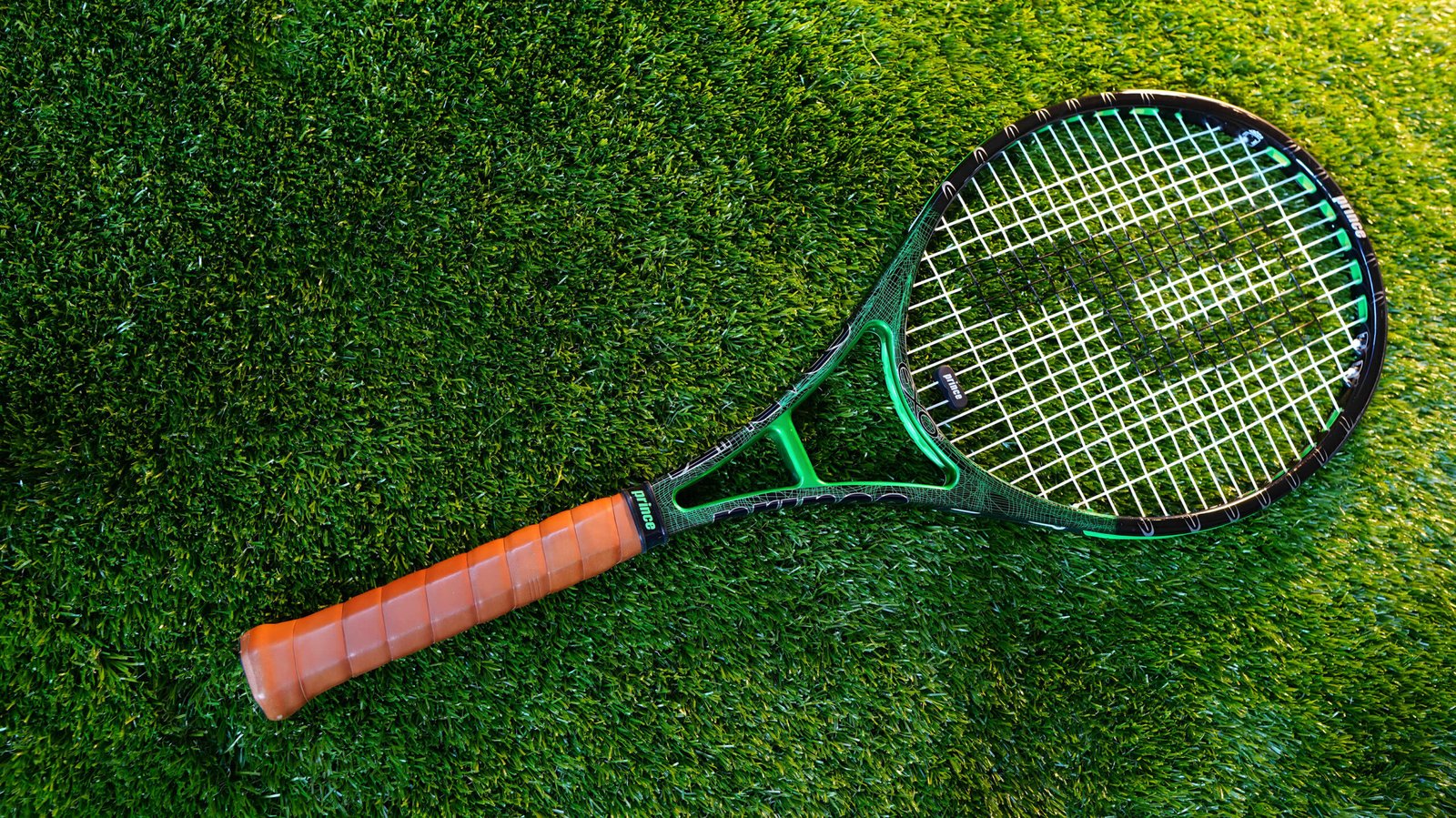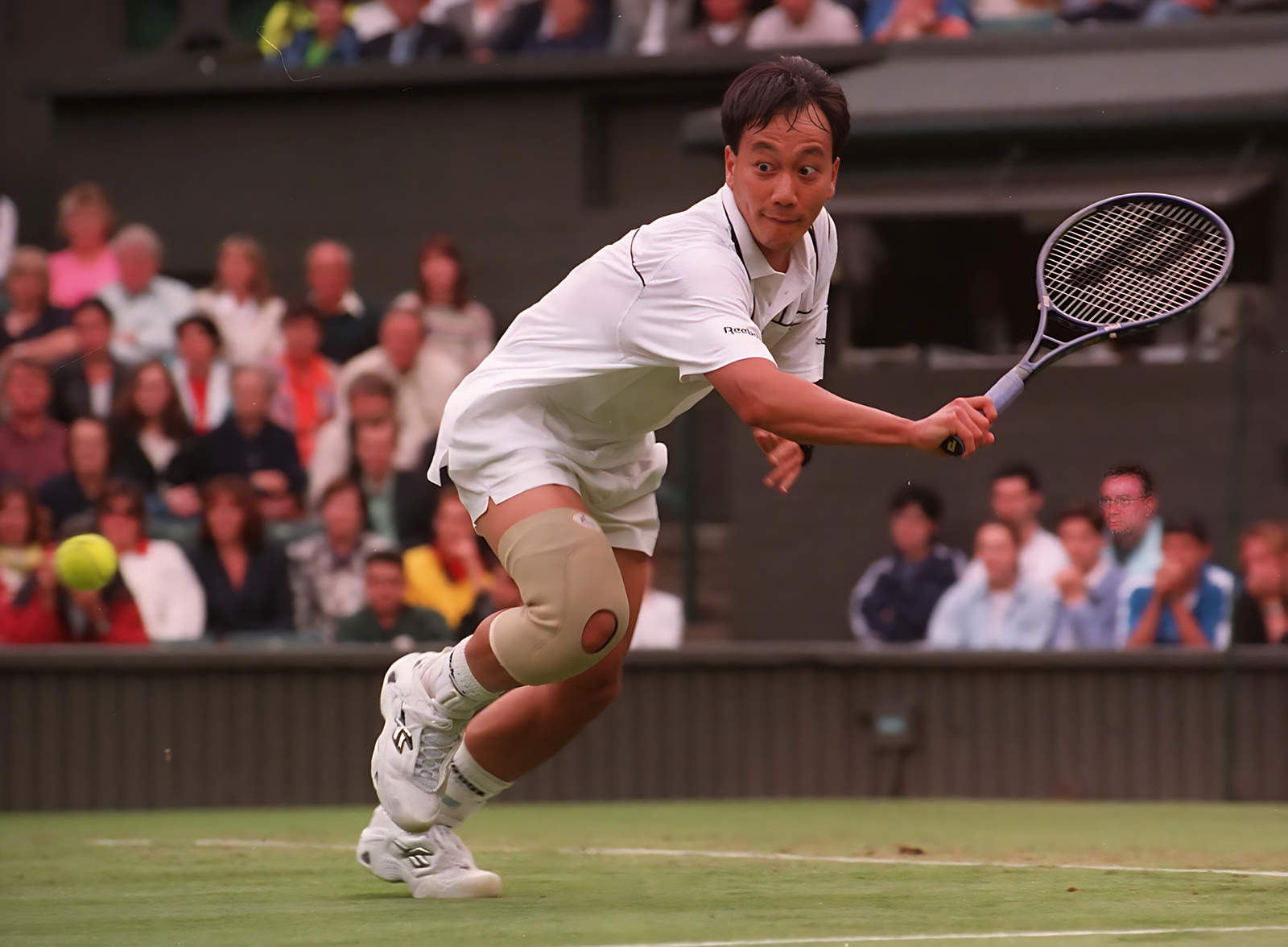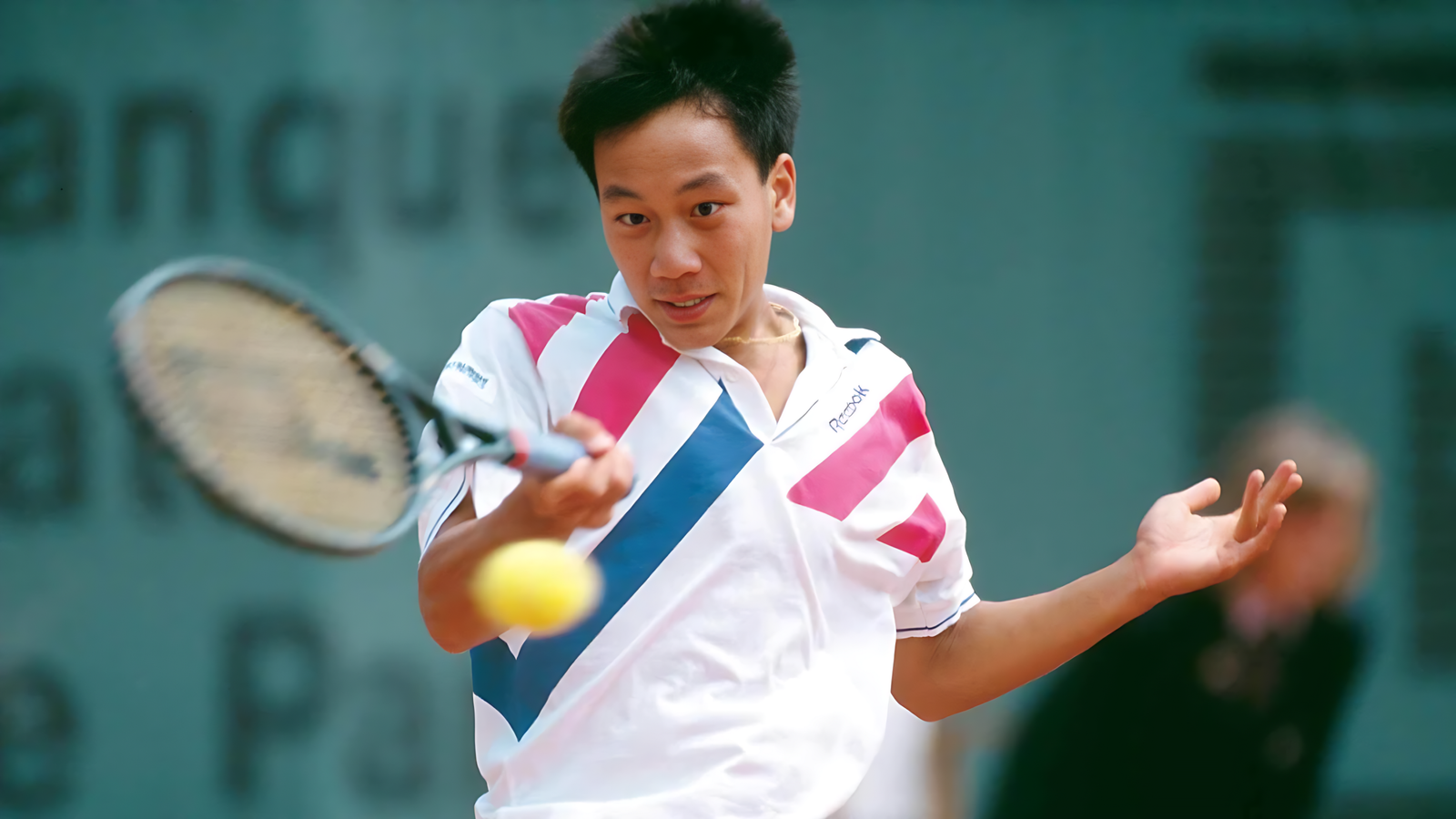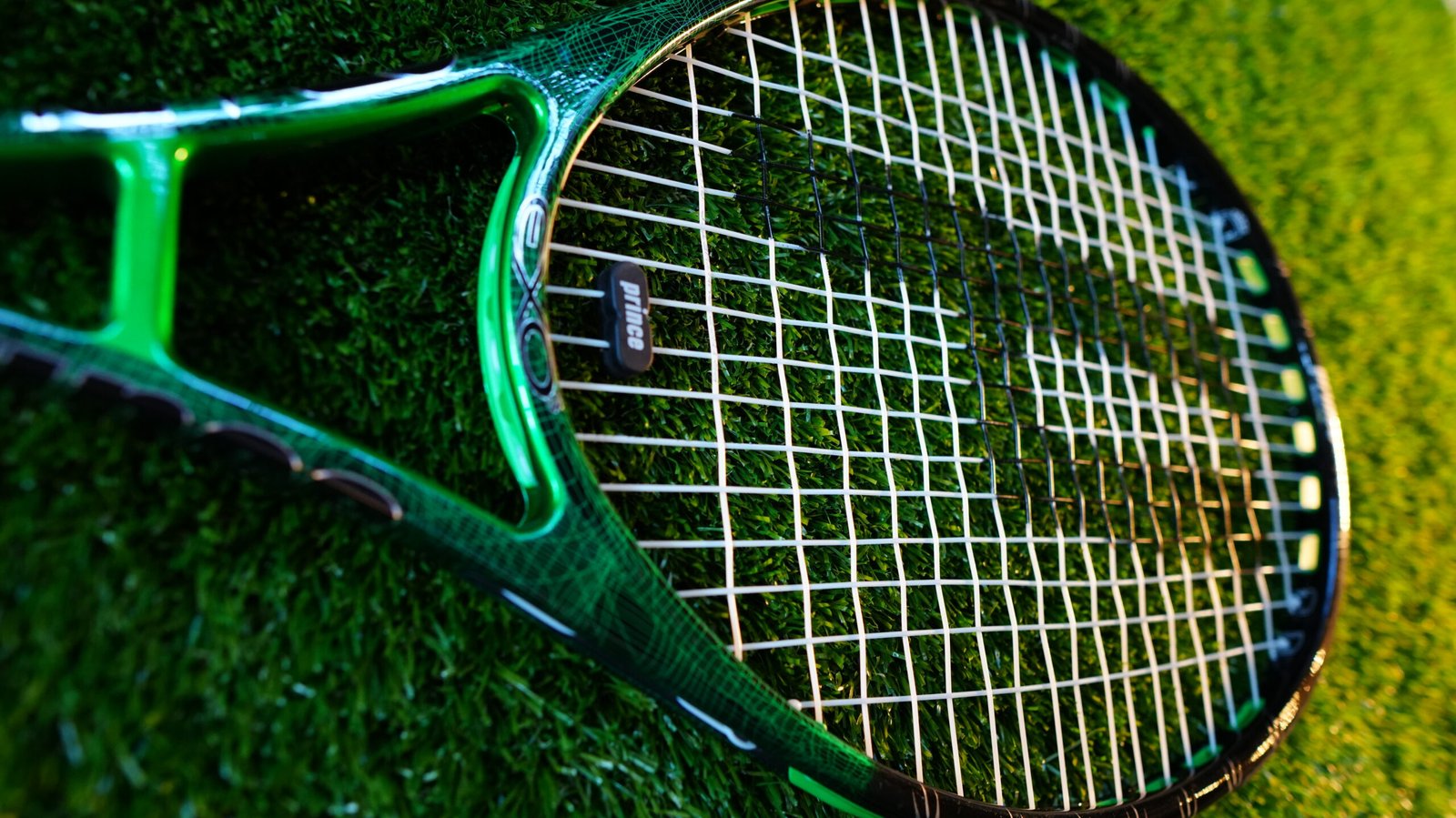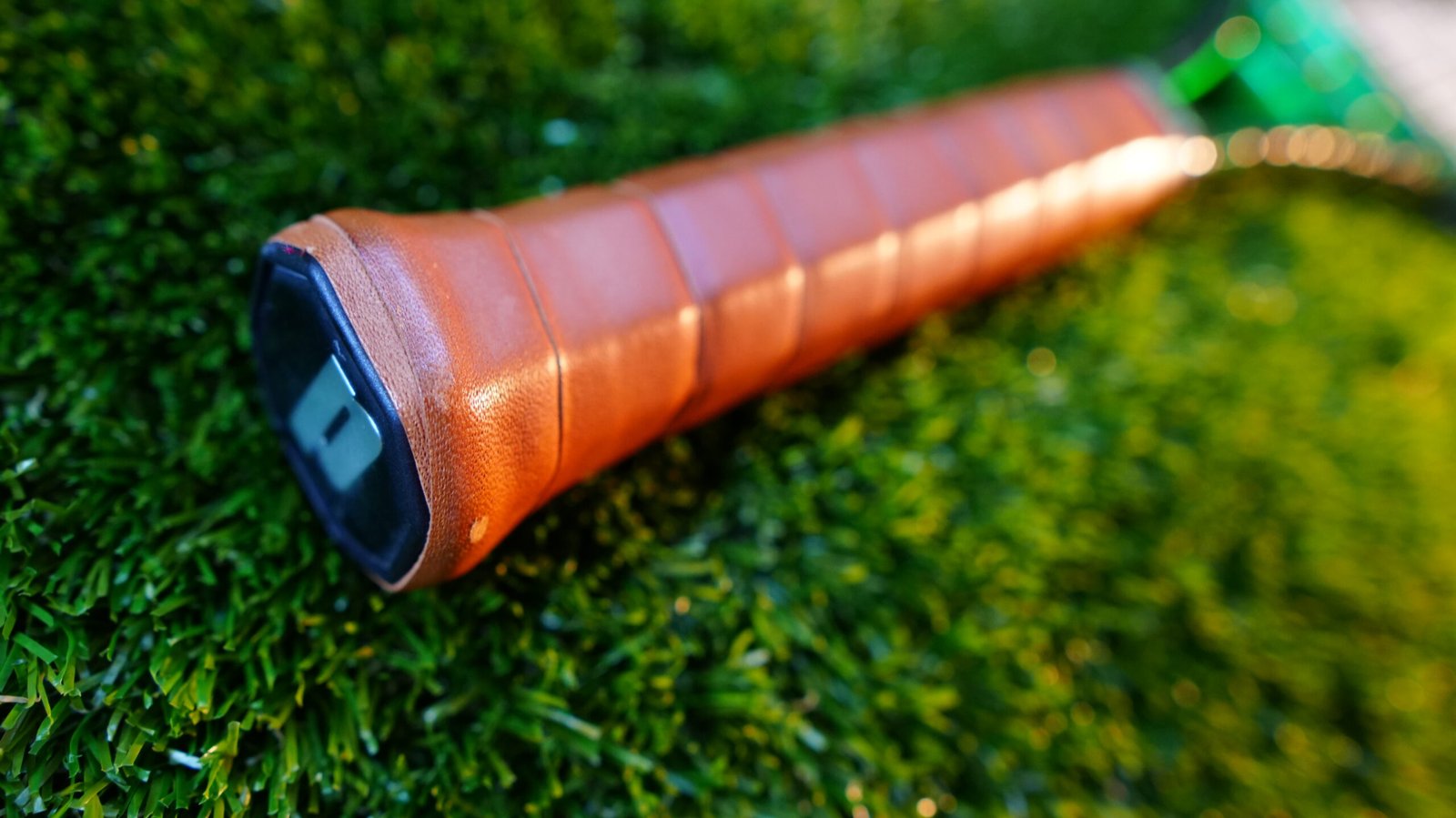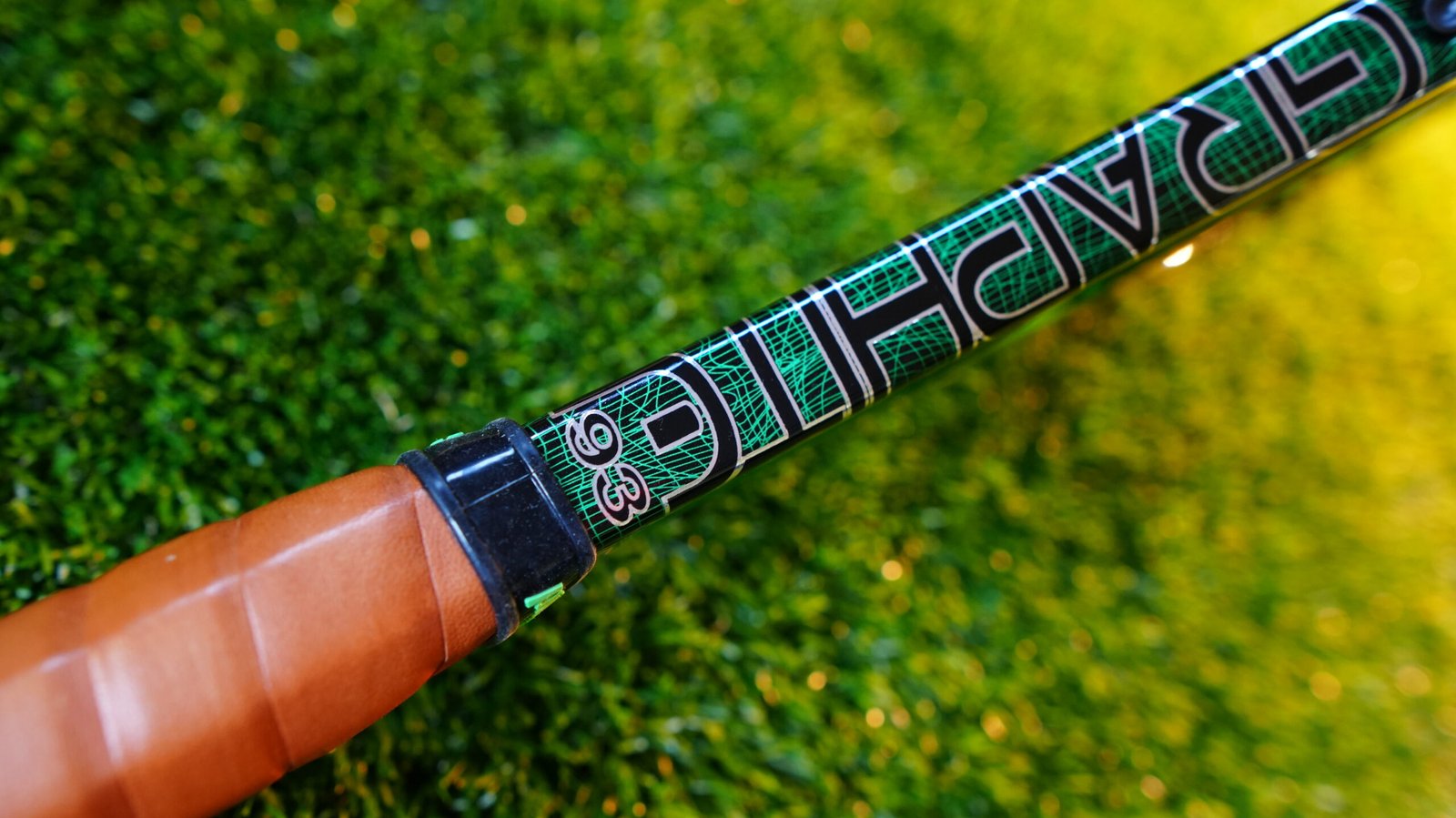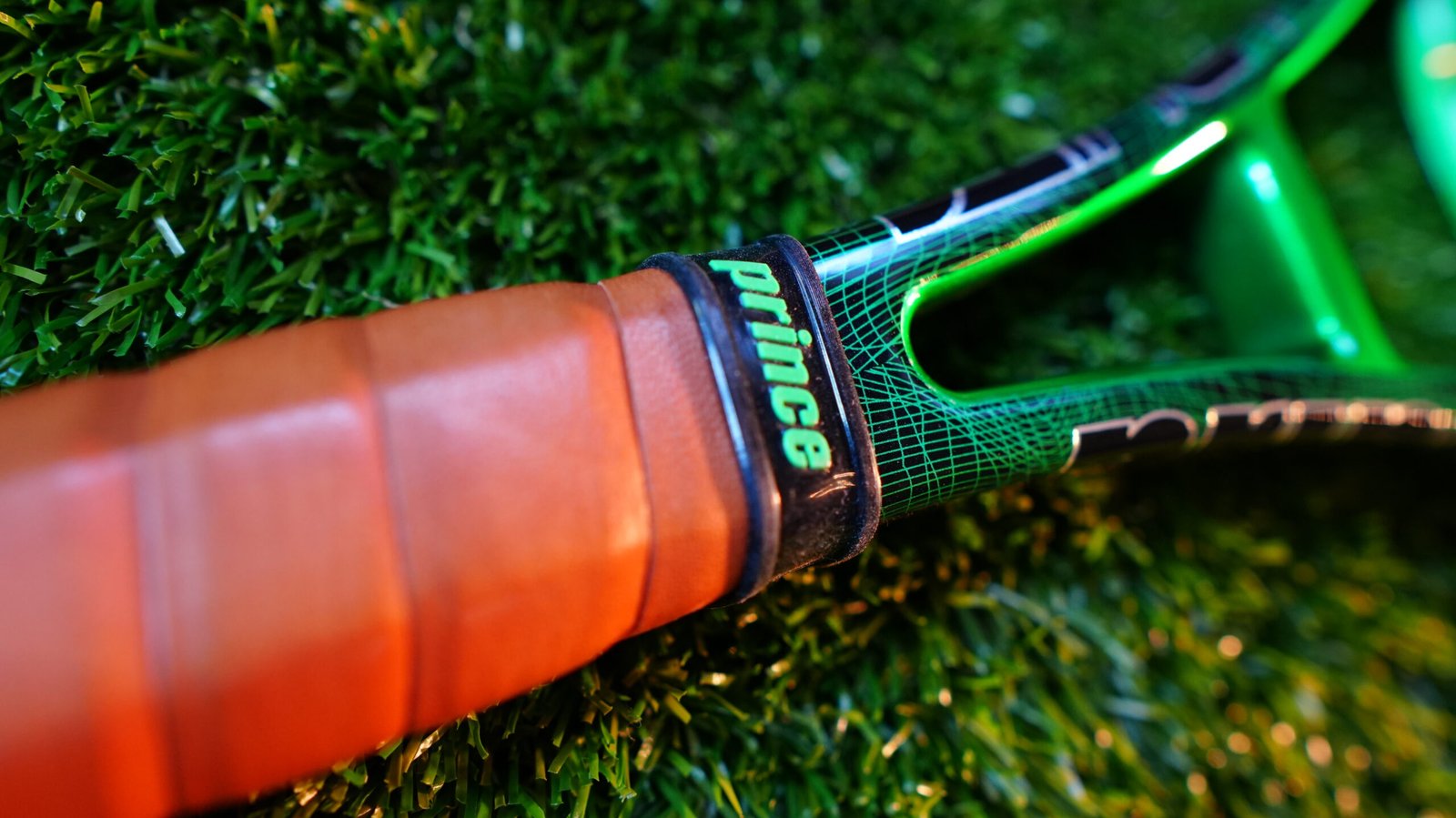Condition
9
10: New
9: Mint
8: Excellent
7: Good
6: Fair
5: Average
4: Below Average
3: Poor
|
Rarity
7
10: Impossibly rare
9: Extremely rare
8: Hard to find
7: Fairly rare
6: Uncommon
5: Common
<4: Big Seller
9: Mint
8: Excellent
7: Good
6: Fair
5: Average
4: Below Average
3: Poor
9: Extremely rare
8: Hard to find
7: Fairly rare
6: Uncommon
5: Common
<4: Big Seller
– – – – – – – – – – –
About This Racket
In 1997 Michael Chang won Roland Garros at age 17 years and did well at US Open. Prince provided him with a 28-inch prototype racquet. This racquet, one inch longer than standard 27″, enhanced Chang’s serve, reach, power, and net coverage. He said. “It gives me better trajectory on my serve, adding five to seven miles per hour,” Prince released the $250 Precision Graphite Michael Chang and several variants both 107″ head size and 95″ head size. Prince, Dunlop, Wilson, Weed, and Spalding tried to market 28-inch to 29-inch racquets too without success until Wilson came out with the Blade SW 28. Back then the ITF maximum was a humorous 32 inches but it is now a more realistic 29 inches.
In 2010 Prince released this throw back racket with its famous stabilizer bar which they claimed reduce frame vibration is reduced by up to 50%. It had a 93″ head which they claimed a ludicrous 83% larger sweet spot! It also had 03 ports and superior stability. They also released various “Long Body” rackets at 28″. The originals from the 90s complete with stablizer are quite collectable but this is effectively a copy (more accurately a modern remake) of it.
Historic Gallery
Specifications (👋 not yet accurate….check back soon)
| Measurements | Value | Performance | Score |
|---|---|---|---|
| Weight | 360g | Power | 19/100 |
| Head Size & Length | 65sq in | 27inch | Control | 41/100 |
| Balance | 5pt head heavy | Spin | 40/100 |
| Grip | Perforated leather | Handling | 78/100 |
| Strings | 18 x 20 | synthetic | Comfort | 89/100 |
| Flexibility | RA 43 | Consistency | 59/100 |
About Howard Head & Prince
Howard Head, born in 1914, initially pursued an English degree at Harvard but switched to engineering due to his aptitude for structural visualization. After graduating, he worked for Glenn L. Martin Aircraft Company, where he contributed to the design of military aircraft during World War II. His engineering career took a significant turn when he went on a ski trip and found the heavy wooden skis unmanageable. Head returned to his workshop and invented a flexible laminated ski using aluminum and plastic, which led to the creation of the Head Ski Company.In 1969, after selling his ski company, Head retired and took up tennis. Frustrated by his poor performance, he began modifying tennis rackets in his home workshop. He realized that by increasing the size of the racket’s face, he could reduce twisting and improve control. This innovation led to the creation of the oversized tennis racket, which significantly enhanced his game and later became a commercial success.Understanding the broader potential of his invention, Head collaborated with engineers at the Prince Manufacturing Company, where he had previously purchased a ball machine. He optimized the racket design to benefit all tennis players, not just himself. This democratic approach to engineering made tennis more accessible and enjoyable for a wider audience, breaking the barrier that only the affluent could excel in the sport.Head’s journey exemplifies the essence of engineering: transforming personal needs into solutions that democratize technology. His oversized racket innovation, along with other contributions like the honeycomb construction and the use of new materials such as graphite, revolutionized tennis. Despite facing resistance from traditionalists, the success of players like Pam Shriver and Michael Chang with Prince rackets validated his designs.
Gallery
Prince by Time
| YEAR | EVENT |
| 1947 | Howard Head, aircraft engineer, invents better skis. |
| 1969 | Head sold his ski company to AMF and retired, taking up tennis. |
| 1970 | Bob McClure invents Little Prince, the first home tennis ball machine. |
| 1971-1975 | Howard Head improves the Ball Machine and becomes majority owner. |
| 1976 | Howard Head invents the first oversized racquet, the Prince Classic. |
| 1978 | Pam Shriver reached US Open final with a Prince racquet. |
| 1978 | Prince develops its first multi-filament string. |
| 1979 | Pat Cash won with Prince Pro racquet. |
| 1979 | Prince Pro becomes the best-selling aluminum racquet. |
| 1980 | Prince Graphite became the No. 1-selling racquet. |
| 1982 | Prince introduces the P-200 Stringing Machine. |
| 1982 | Prince sold to Chesebrough-Ponds for $62 million. |
| 1989 | Michael Chang won the French Open with Prince Original Graphite racquet. |
| 1989 | Prince introduced the Long Body racquet, success for Michael Chang. |
| 1989 | Prince created the 14×18 super spin string pattern. |
| 1997 | Patrick Rafter wins US Open with Prince Precision Response racquet. |
| 2001 | Capriati wins Australian and French Opens. |
| 2012 | Prince filed for bankruptcy due to competition and financial downturn. |
